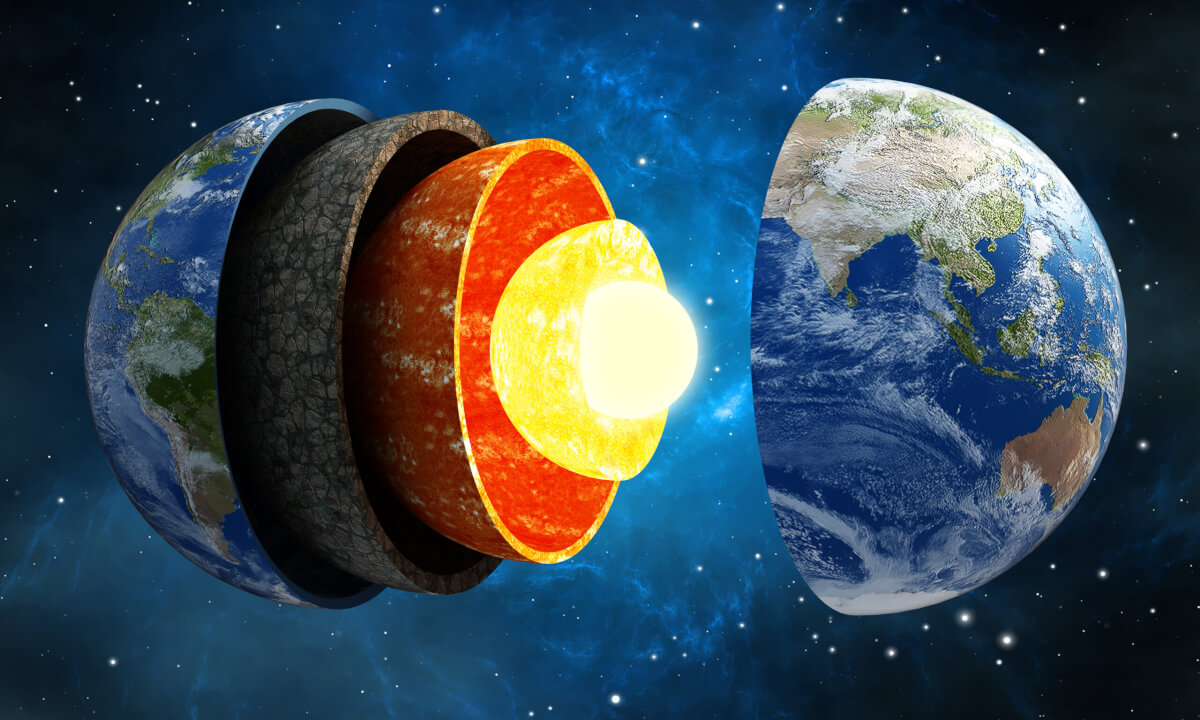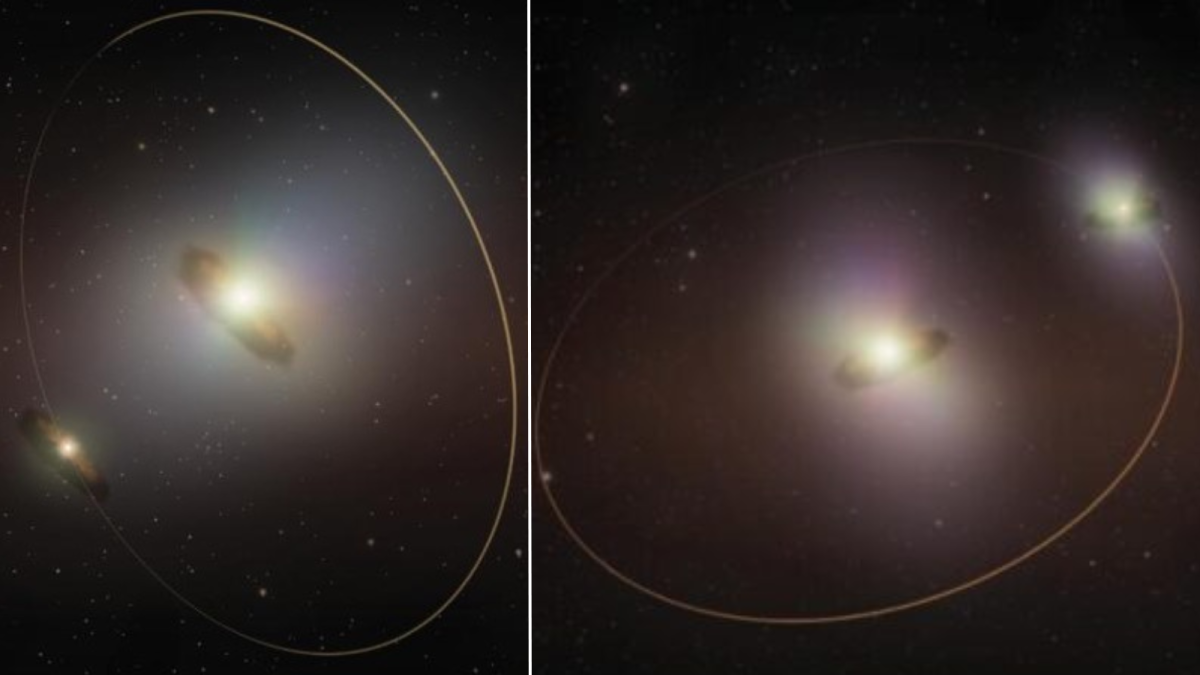LOS ANGELES — Earth’s inner core, a solid iron sphere nestled deep within our planet, has slowed its rotation, according to new research. Scientists from the University of Southern California say their discovering challenges previous notions about the inner core’s behavior and raises intriguing questions about its influence on Earth’s dynamics.
The inner core, a mysterious realm located nearly 3,000 miles beneath our feet, has long been known to rotate independently of the Earth’s surface. Scientists have spent decades studying this phenomenon, believing it to play a crucial role in generating our planet’s magnetic field and shaping the convection patterns in the liquid outer core. Until now, it was widely accepted that the inner core was gradually spinning faster than the rest of the Earth, a process known as super-rotation. However, this latest study, published in the journal Nature, reveals a surprising twist in this narrative.
“When I first saw the seismograms that hinted at this change, I was stumped,” says John Vidale, Dean’s Professor of Earth Sciences at the USC Dornsife College of Letters, Arts and Sciences, in a statement. “But when we found two dozen more observations signaling the same pattern, the result was inescapable. The inner core had slowed down for the first time in many decades. Other scientists have recently argued for similar and different models, but our latest study provides the most convincing resolution.”
Slowing Spin, Reversing Rhythm
By analyzing seismic waves generated by repeating earthquakes in the South Sandwich Islands from 1991 to 2023, the researchers discovered that the inner core’s rotation had not only slowed down but had actually reversed direction. The team focused on a specific type of seismic wave called PKIKP, which traverses the inner core and is recorded by seismic arrays in northern North America. By comparing the waveforms of these waves from 143 pairs of repeating earthquakes, they noticed a peculiar pattern.
Many of the earthquake pairs exhibited seismic waveforms that changed over time, but remarkably, they later reverted to match their earlier counterparts. This observation suggests that the inner core, after a period of super-rotation from 2003 to 2008, had begun to sub-rotate, or spin more slowly than the Earth’s surface, essentially retracing its previous path. The researchers found that from 2008 to 2023, the inner core sub-rotated two to three times more slowly than its prior super-rotation.
The study’s findings paint a captivating picture of the inner core’s rotational dynamics. The matching waveforms observed in numerous earthquake pairs indicate moments when the inner core returned to positions it had occupied in the past, relative to the mantle. This pattern, combined with insights from previous studies, reveals that the inner core’s rotation is far more complex than a simple, steady super-rotation.
The researchers discovered that the inner core’s super-rotation from 2003 to 2008 was faster than its subsequent sub-rotation, suggesting an asymmetry in its behavior. This difference in rotational rates implies that the interactions between the inner core, outer core, and mantle are more intricate than previously thought.
Limitations: Pieces Of The Core Puzzle
While the study offers compelling evidence for the inner core’s slowing and reversing rotation, the study of course has some limitations. The spatial coverage of the seismic data is relatively sparse, particularly in the North Atlantic, due to the presence of chert layers that hindered continuous coring. Furthermore, the Earth system model used in the study, despite its sophistication, is still a simplified representation of the complex dynamics at play.
The authors emphasize the need for additional high-resolution data from a broader range of locations to strengthen their findings. They also call for ongoing refinement of Earth system models to better capture the intricacies of the inner core’s behavior and its interactions with the outer core and mantle.
What Do The Findings Mean For The Future?
The discovery of the inner core’s slowing and reversing rotation yields major implications for our understanding of Earth’s interior and its impact on our planet’s dynamics. The inner core’s behavior is closely tied to the Earth’s magnetic field and the convection patterns in the outer core.
This study also raises fascinating questions about the potential consequences of the inner core’s changing rotation on Earth’s surface. Could these variations in rotation affect the Earth’s magnetic field, climate, or even the length of our days? Vidale suggests it’s possible the change could lead to changes in the length of a day by fractions of a second. “It’s very hard to notice, on the order of a thousandth of a second, almost lost in the noise of the churning oceans and atmosphere,” he says.
Future research will undoubtedly explore these intriguing possibilities in greater depth.
“The dance of the inner core might be even more lively than we know so far,” Vidale adds.
This article was reviewed by StudyFinds Editor-in-Chief Steve Fink.

Dr. Sarah Adams is a scientist and science communicator who makes complex topics accessible to all. Her articles explore breakthroughs in various scientific disciplines, from space exploration to cutting-edge research.







